Iceland Travel: Explore the Land of Fire and Ice
How can you stay safe and responsible while traveling to the Land of Fire and Ice?

 by Mike Henderson, CEO of Bag & Go Travel
·
Mon 18 Sep 2023
by Mike Henderson, CEO of Bag & Go Travel
·
Mon 18 Sep 2023
How can you stay safe and responsible while traveling to the Land of Fire and Ice?

As this island nation becomes a hotter adventure travel destination every moment, it requires respect through sustainable, responsible, and courteous eco-tourism. This Iceland Adventure Travel Guide provides practical tips and tricks for enjoyable Iceland adventure travel to this pristine island wonderland. You will learn the best time to travel to Iceland, weather conditions, what to bring on your trip, cultural must-knows, and other unspoken questions that may be holding you back from the journey of your life.
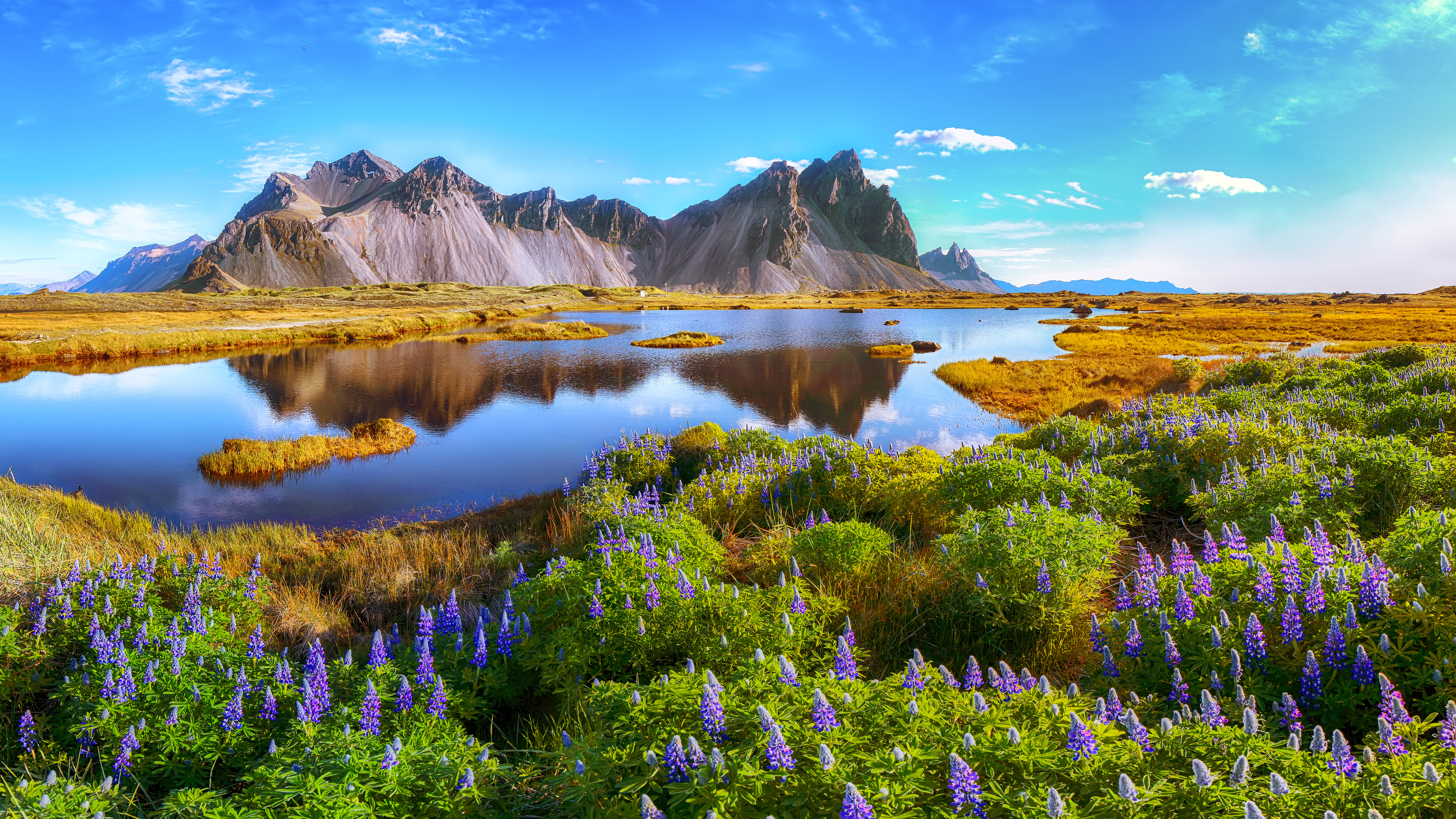
When is the Best Time to Travel to Iceland?
Iceland adventure travel itineraries can vary depending on the season, so it is a remarkable year-round travel destination. However, October is one of the best times to travel to Iceland when the sun still appears long above the horizon, with the chance of pleasant temperatures outside. So why October when we want more consistent warmth? It's simple. October is getting closer to winter with darker skies, so there is a high possibility of witnessing the Northern Lights (a.k.a. Aurora Borealis) blessing this land with their celestial dance! 
Iceland Weather in October
Iceland's weather is very unpredictable throughout the day, especially in the year's colder months. Do not be mistaken even if you are visiting Iceland in mid-fall October. Things can turn cold faster than a misworded compliment! In addition to low temperatures, you might experience heavy rains and wind, so please, make sure to check the weather regularly.

Currency in Iceland
Iceland's official currency is the Króna. However, most locals and tourists never carry cash since nearly all businesses and shops prefer cards and digital payment methods. But if you want some cash - ATMs and exchanges are plentiful. Our recommendation: exchange a minimum amount of money, even as cute little souvenirs from your visit. :-)
 What Language Do They Speak in Iceland?
What Language Do They Speak in Iceland?
Even though the mother tongue in Iceland is obviously Icelandic (which does not even remotely sound like English), Icelanders speak English very fluently. Since the whole of Iceland is used to tourism, you can find almost everything translated into English. Locals speak English since childhood and use this language daily, but to some - their accents might be pretty strong and hard to understand. When in doubt, be patient and ask them to repeat it kindly.

Is Iceland Safe?
Iceland has an extremely low crime rate. But, of course, lots of tourists = crowds may appear, so be wary of pickpockets - although they are rare. Iceland is so safe that it doesn't even have an army! Also, leaving the main door unlocked is still common in the countryside. So if you are looking for a very safe and fun place to visit for Iceland adventure travel, you don't have to look any further than Iceland.

What to Wear for Iceland Adventure Travel
We recommend practical, functional, and interchangeable clothes due to the frequently changing weather conditions. Waterproof jackets and trousers are must-haves, so don't make the beginner's mistake of bringing only jeans (i.e., "denim sponges"). When planning a trip to Iceland. Be practical, pack warm layers, and put high-fashion aside. One high-quality local outdoor adventure clothing supplier that we recommend when stocking up in town or a visitor's center is 66° North.

Here is a general list of what to wear for most weather conditions when visiting Iceland:
- Insulated jacket or sweater (lightweight and waterproof)
- Umbrella?... If you don't mind looking extremely touristy :-)
- Waterproof rainpants
- Hiking shoes (waterproof)
- Walking shoes (supportive, with good traction)
- Gloves (waterproof)
- Thermal underwear (during outdoor excursions into the highlands)
- Swimwear and Flip-Flops (for visits to thermal spas)
- Wool socks (or specialty hiking versions)
- Towel (quick-dry and compact)
- Sunscreen (water-resistance and eco-friendly)
- Sunglasses (with anti-fog lenses)
- Backpack (small, with multiple compartments)
- Beanie
- Scarf
- Crampons (for periods when the ground is icy)
 Drink and Luxuriate in Icelandic Water
Drink and Luxuriate in Icelandic Water
 Because Iceland has the tastiest tap water, remember to take your water bottle for constant refilling when on a hike or highlands tour. After a daylong exploring trip, it is also bliss to unwind in a natural geothermal spa bath. Three of Iceland's most popular outdoor spas are Blue Lagoon, Sky Lagoon, and the Secret Lagoon. Remember to bring swimwear, an outdoor towel, and flip-flops when heading to the spa. If you forget – don't worry; there is always an option to get all you need there or in downtown Reykjavik.
Because Iceland has the tastiest tap water, remember to take your water bottle for constant refilling when on a hike or highlands tour. After a daylong exploring trip, it is also bliss to unwind in a natural geothermal spa bath. Three of Iceland's most popular outdoor spas are Blue Lagoon, Sky Lagoon, and the Secret Lagoon. Remember to bring swimwear, an outdoor towel, and flip-flops when heading to the spa. If you forget – don't worry; there is always an option to get all you need there or in downtown Reykjavik.
Visiting Iceland's Blue Lagoon
One of the most popular places in Iceland is the Blue Lagoon, consisting of milky light blue colored warm water full of skin-nourishing minerals. Many visit this warm, bubbling oasis often, hoping to soothe skin difficulties like acne or eczema. But, unfortunately, you may have also heard stories about hair damage. So where is the truth – to dip or not to dip your hair?

Experience the Northern Lights Responsibly
We can only sometimes suppress our travel discovery excitement. When witnessing the Northern Lights appear for the first time, some cry, dance, or run around happily! However, throughout Iceland, there can be loads of tourists watching the Northern lights while driving. Unfortunately, the first thing that often comes to mind for tourists is stopping in the middle of the road and turning off the headlights. Some locals call this an "aurora jam," which has resulted in quite a few accidents along the most popular viewing spots. So be careful and remember – pull over to enjoy the natural phenomenon of Iceland's Northern Lights responsibly.
Please Don't Troll the Bridges!
There is just one main road around Iceland called the Ring Road. Since small rivers crisscross Iceland, there are dozens of bridge crossings, but here's the catch: they're all single-lane.
Important driving rule in Iceland:
When crossing a single-lane Icelandic bridge, a bigger car always has priority to drive through first. So, before you leave for Iceland, it's best to practice your reversing skills and your smile.

Bring a Backup Camera
Even if you don't call yourself a photographer, bringing a separate camera from your cellphone is always a good idea. For example, capturing the Northern Lights is one of the best but rarest memories, so a backup photo/video-taking option may be handy in case of cellphone battery issues, water damage, or loss. Those and other moments during your Iceland journey will bring joy to your life forever – even if they might not look perfect.
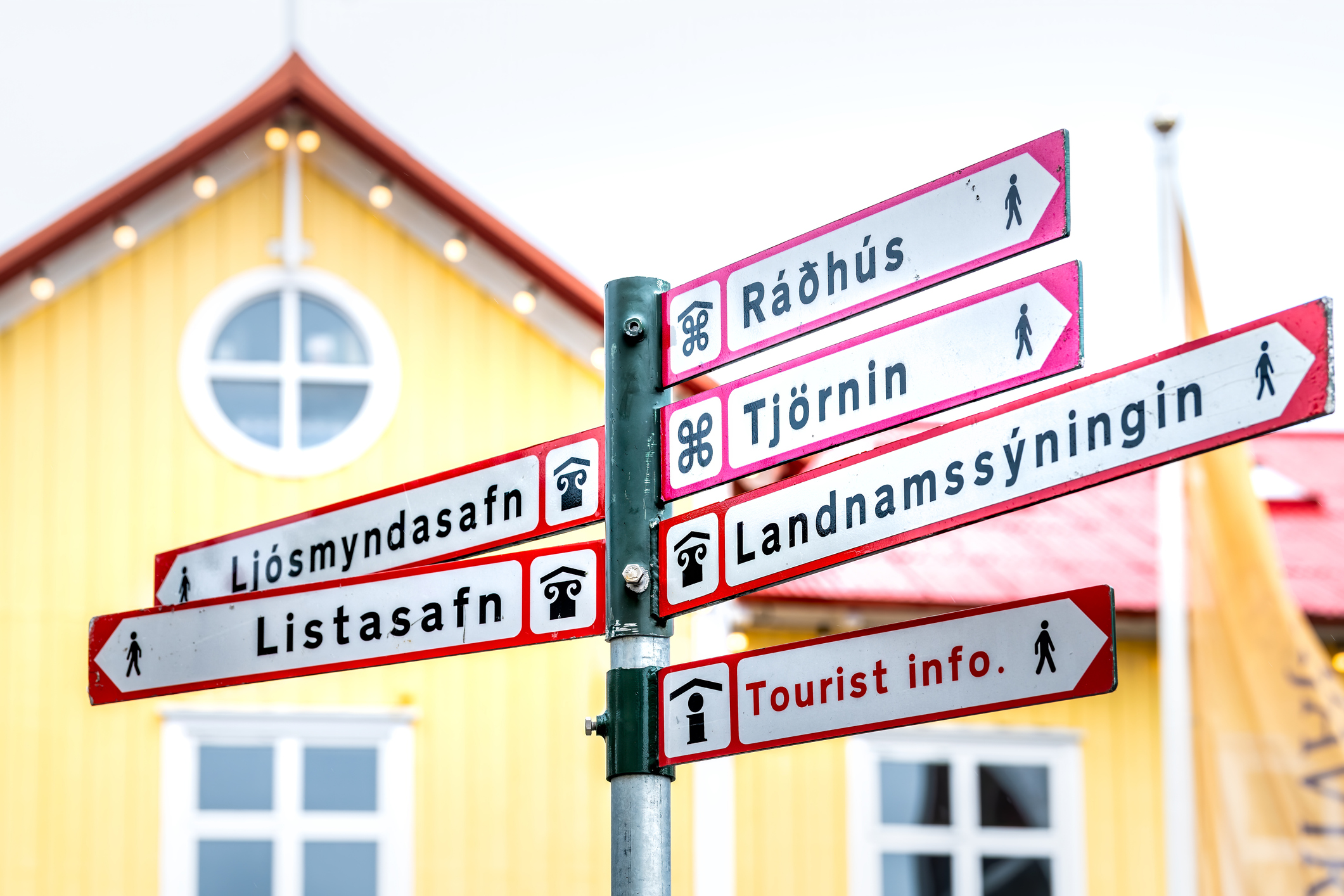
Exploring Reykjavík
Besides unforgettable adventures in remote locations, there will be time for exploring downtown Reykjavík, the northernmost capital in the world, in your spare time. Since Reykjavík appears as a small city, strolls are very convenient. However, please note the following during your walk around town:
- Most shops in Reykjavík usually open around 10 a.m.
- Even though buses go around frequently, the tickets can be relatively expensive.
- Also, be aware that larger vehicles like vans and shuttles are generally not allowed in the city center. Therefore, a short walk from the nearest bus stop may be required for a large group your nearest bus stop may be required.

Reykjavík - Icelandic Art and Culture
Iceland is full of traditional culture, dazzling art, and natural curiosities. However, while the rest of Iceland provides exceptional landscapes and glorious creations of natural wonder, the center of art is Reykjavík itself. If you are into art and related curiosities, you will stumble upon them here. The fascinating the National Gallery of Iceland, Reykjavík Museum of Photography, and the Reykjavík Art Museum are all conveniently located within the city center.
During your casual stroll around Reykjavík, street art surrounds you. Surreal murals depicting everything from Icelandic trolls, regal eagles, and hip-hop icons are delightfully splashed across the streetscape, providing a welcome colorful contrast to the frequent gray skies above. Then, when the weather allows, and you're up for a stroll with a purpose: try a self-guided Reykjavík street art tour. 
 Skólavörðustígur Street
Skólavörðustígur Street  Leaving the center of downtown, you will approach the rainbow-colored Skólavörðustígur Street. Iceland is one of the most LGBTQ+-friendly countries in the world. In fact, in 2009, Iceland was the first country to elect an openly gay leader of government: Jóhanna Sigurðardóttir. With plenty of quaint-yet-quirky shops, cafes, and pubs, this is also an excellent area for photos and people-watching.
Leaving the center of downtown, you will approach the rainbow-colored Skólavörðustígur Street. Iceland is one of the most LGBTQ+-friendly countries in the world. In fact, in 2009, Iceland was the first country to elect an openly gay leader of government: Jóhanna Sigurðardóttir. With plenty of quaint-yet-quirky shops, cafes, and pubs, this is also an excellent area for photos and people-watching. 
As you walk uphill along the rainbow, you will approach perhaps Reykjavik's most iconic landmark: the neo-gothic/modernist fusion church Hallgrimskirkja, designed to mimic the shapes of a volcano and cooled lava. If you are planning to visit the church's interior, check out the world-renowned 50ft, 25-ton Klais Organ. At the cathedral, you can also buy tickets to the tower and see exceptional views of the colorful buildings of Reykjavík! 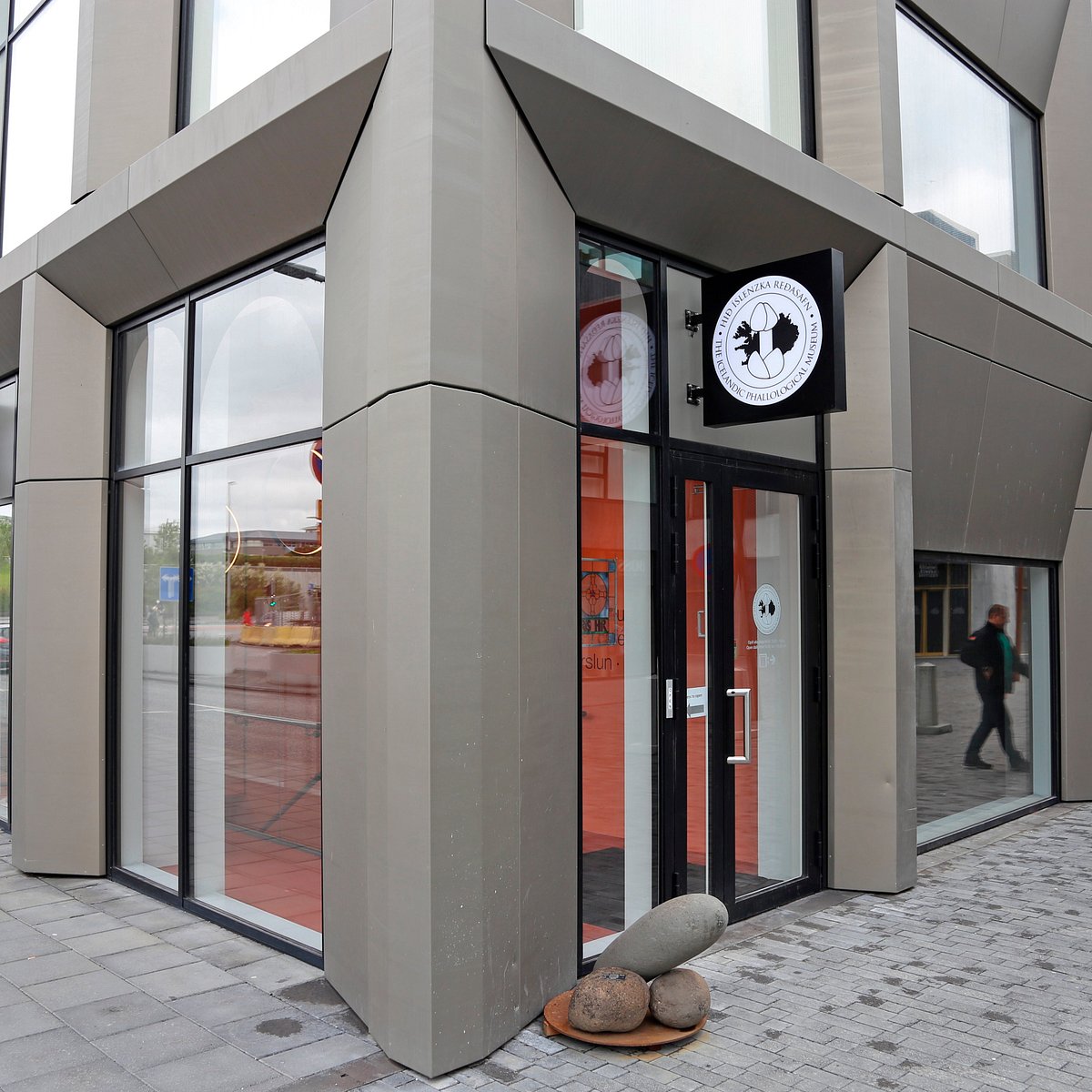 Speaking of organs, the quite strange Icelandic Phallological Museum is also a fun and fascinating place to add to your Reykjavík exploration checklist. The largest of its kind, I.P.M.'s peculiarly pickled phallic displays represent over 280 specimens and 90 species (including ours). With 12,000+ visitors annually, it is also one of Reykjavik's most popular attractions.
Speaking of organs, the quite strange Icelandic Phallological Museum is also a fun and fascinating place to add to your Reykjavík exploration checklist. The largest of its kind, I.P.M.'s peculiarly pickled phallic displays represent over 280 specimens and 90 species (including ours). With 12,000+ visitors annually, it is also one of Reykjavik's most popular attractions.  If your interests are more about traditional culture or nature, we recommend attending exhibitions at Whales of Iceland, the National Museum of Iceland, the Saga Museum, or Perlan. In addition, Harpa concert hall, the extraordinary majestic city center building, offers an extensive program of music and other cultural performances throughout the year.
If your interests are more about traditional culture or nature, we recommend attending exhibitions at Whales of Iceland, the National Museum of Iceland, the Saga Museum, or Perlan. In addition, Harpa concert hall, the extraordinary majestic city center building, offers an extensive program of music and other cultural performances throughout the year. 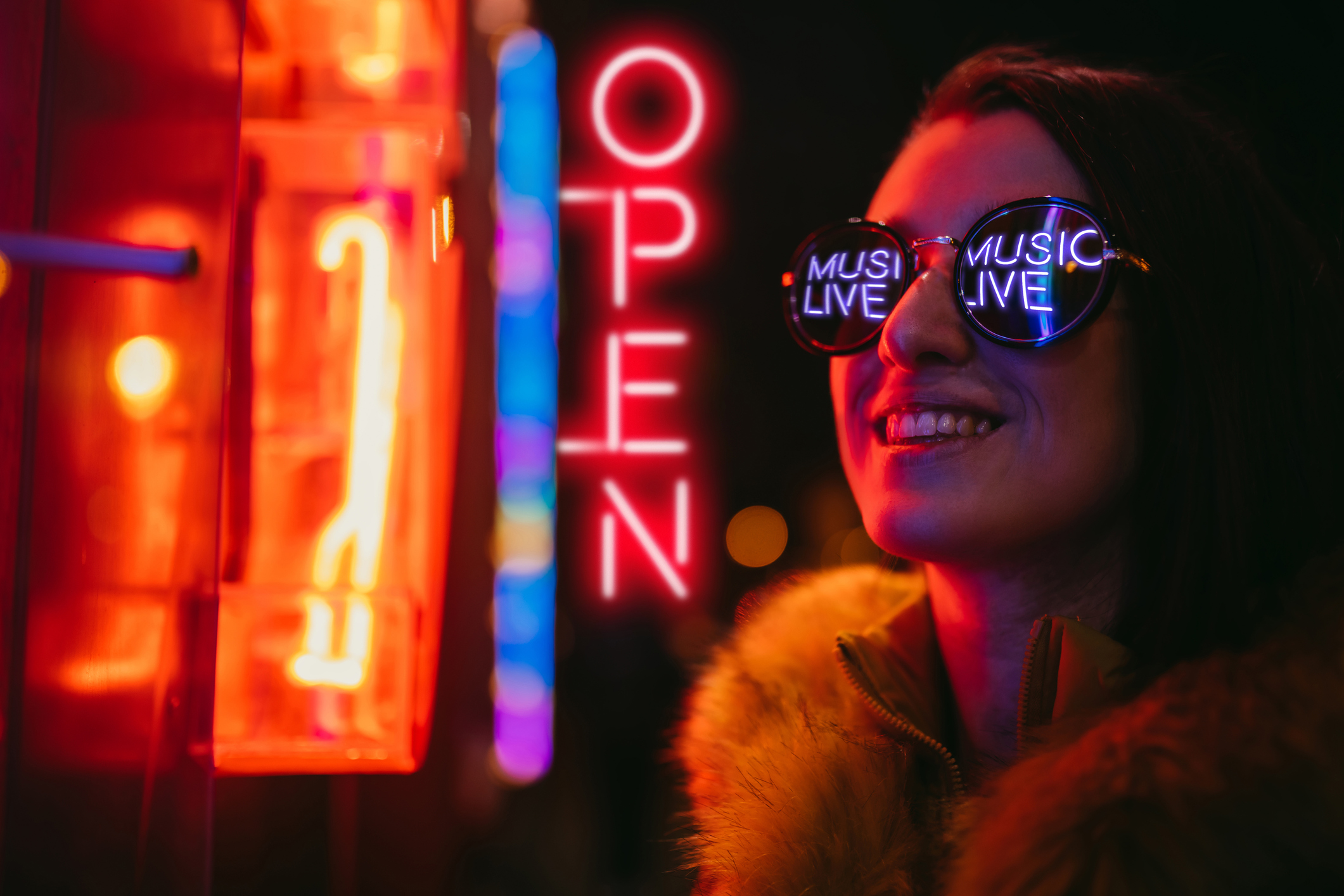
Nightlife in Reykjavík
Icelanders are funny people, so if you are into comedy, you can choose between a variety of stand-up comedy shows of your preference. Most comedy shows tend to be in local pubs, so you can enjoy them while drinking beer from the local craft brewery. In addition, the long-time LGBTQ+ icon Kiki Queer Bar is a popular local club spot to cap off your nordic night.

Reykjavík Street Fashion and Shopping
It is cold and dark in Iceland, but it does not mean that its people don't care about fashion. Unlike some of their flashier mainland neighbors on the European continent, Icelanders are more low-key fashion gurus - inspired by a mix of the newest world trends. Moreover, local Icelandic brands seek styles with high functionality and environmental sustainability. So they can be fashionable and warm in one. Finally, for you retro-bargain types, there are plenty of artsy second hands where you can buy beautiful and unique pieces of clothing.

Iceland Adventure Travel
On an Iceland adventure tour, you will actively immerse yourself in some of the most incredible landscapes on earth. Iceland has many beautiful places, so it can become overwhelming to keep up your own plan. Since Iceland adventure travel provides various exciting and fun activities, having a local travel guide on board is perfect for getting the most out of your experience.

Have you ever been in an ice cave, trekked across a frozen glacier, explored an active volcano, or seen a geyser shooting up into the sky? In this dazzling land of fire and ice, you will see and experience things you have never dreamed of.
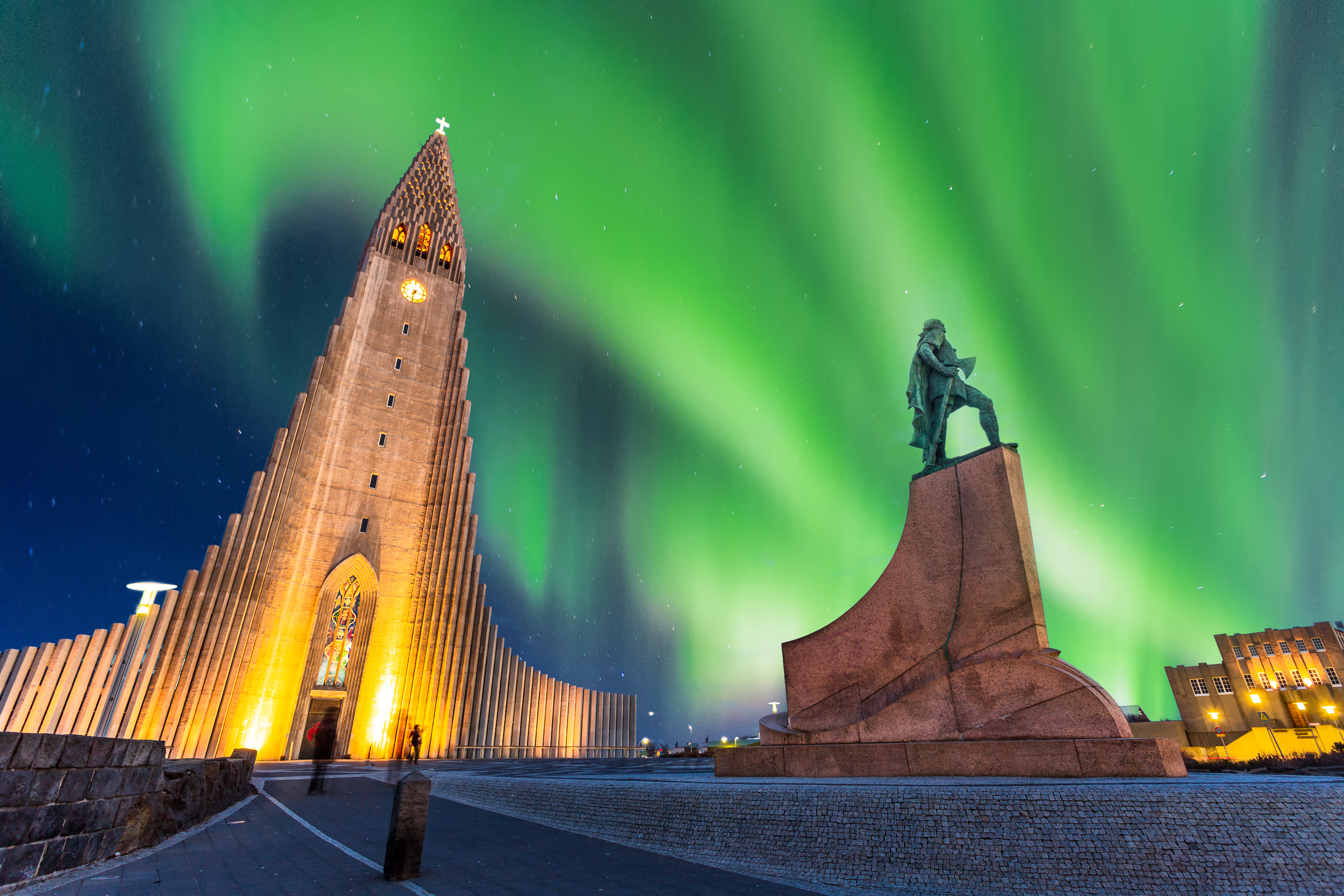
Ready for your Iceland Adventure?
Check out B.A.G. Travel's posted global tour events, or contact us for a customized group tour.
